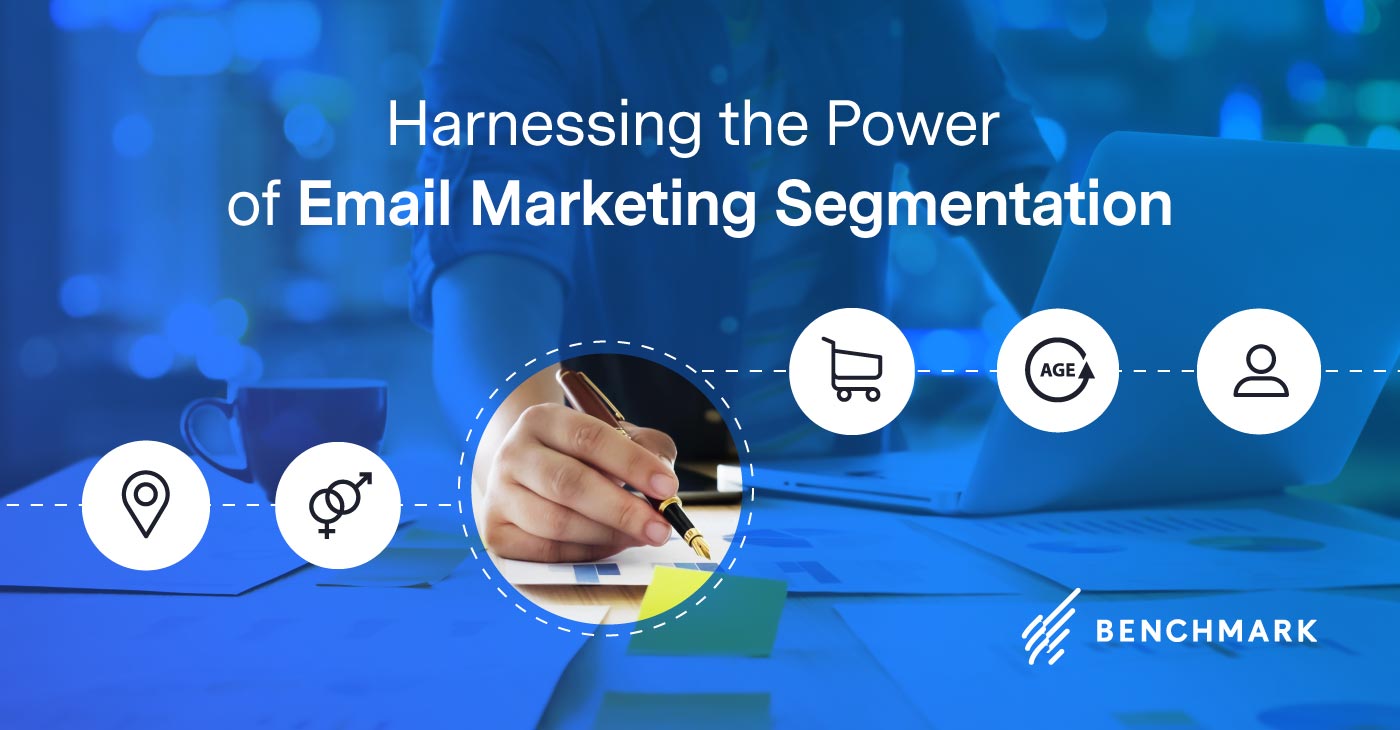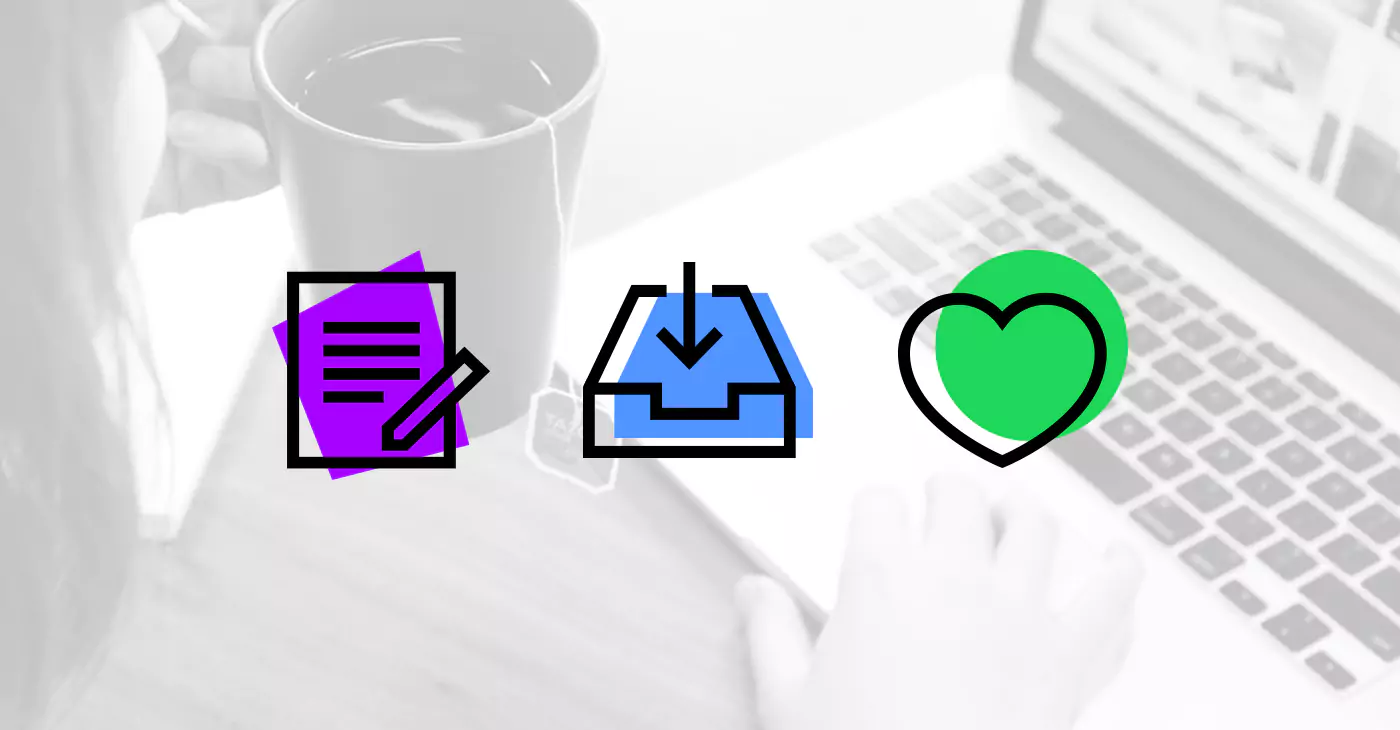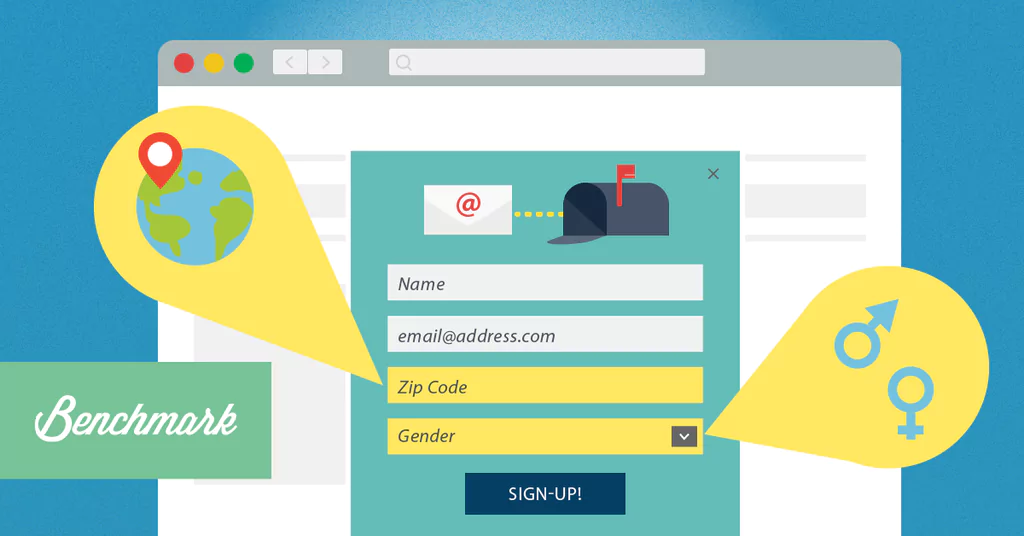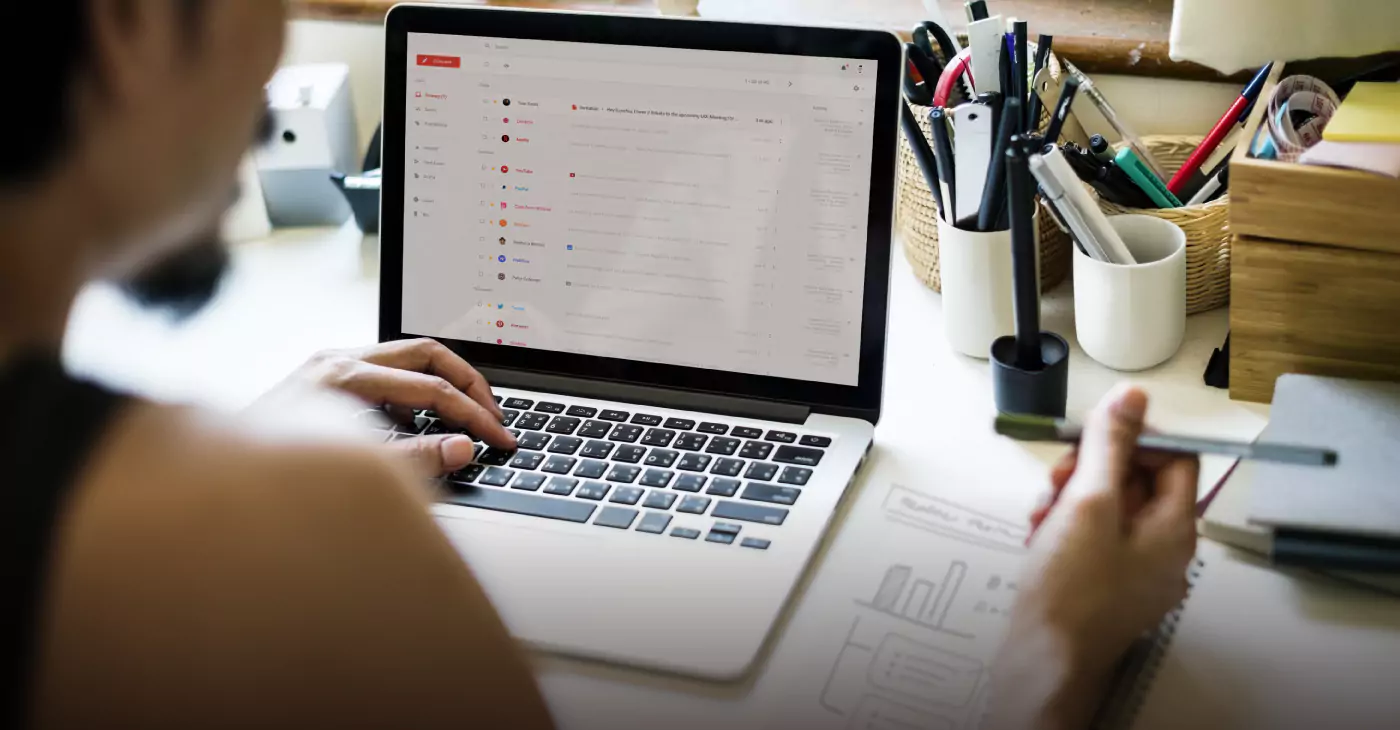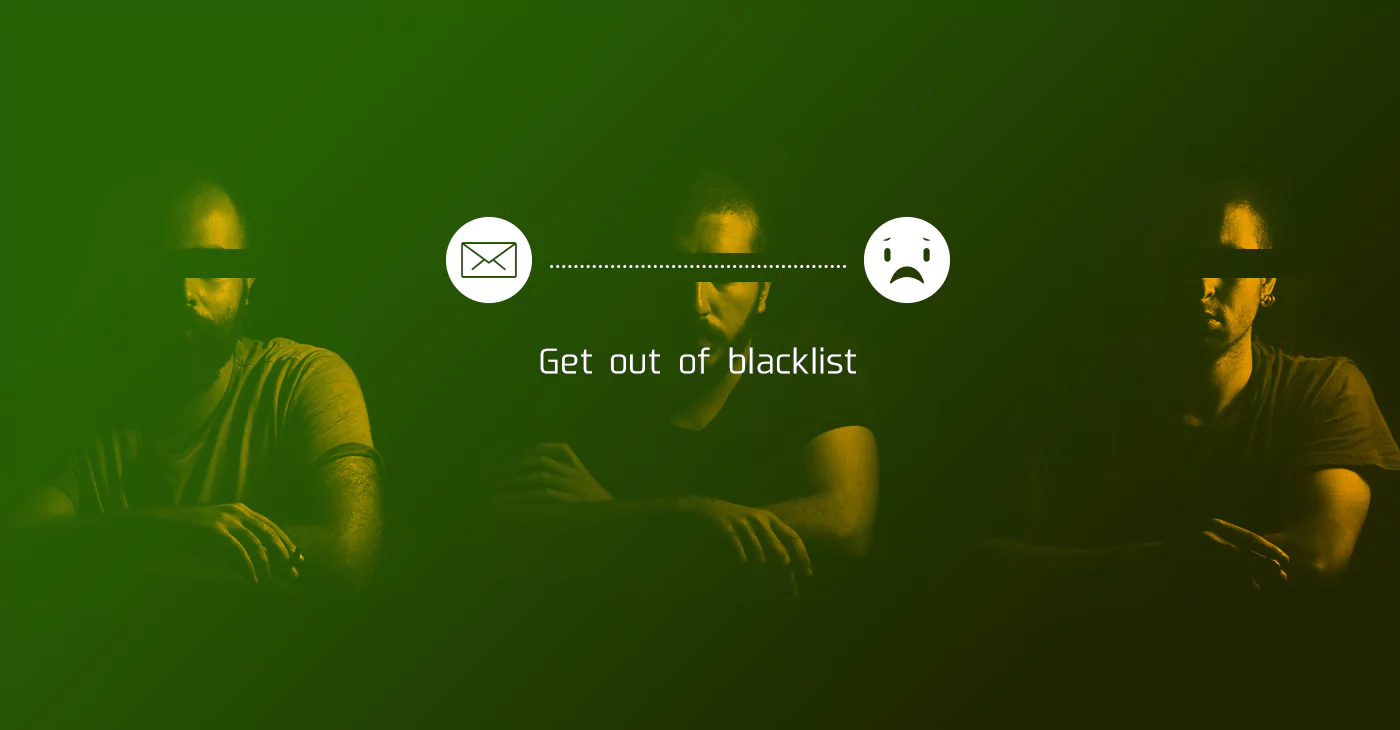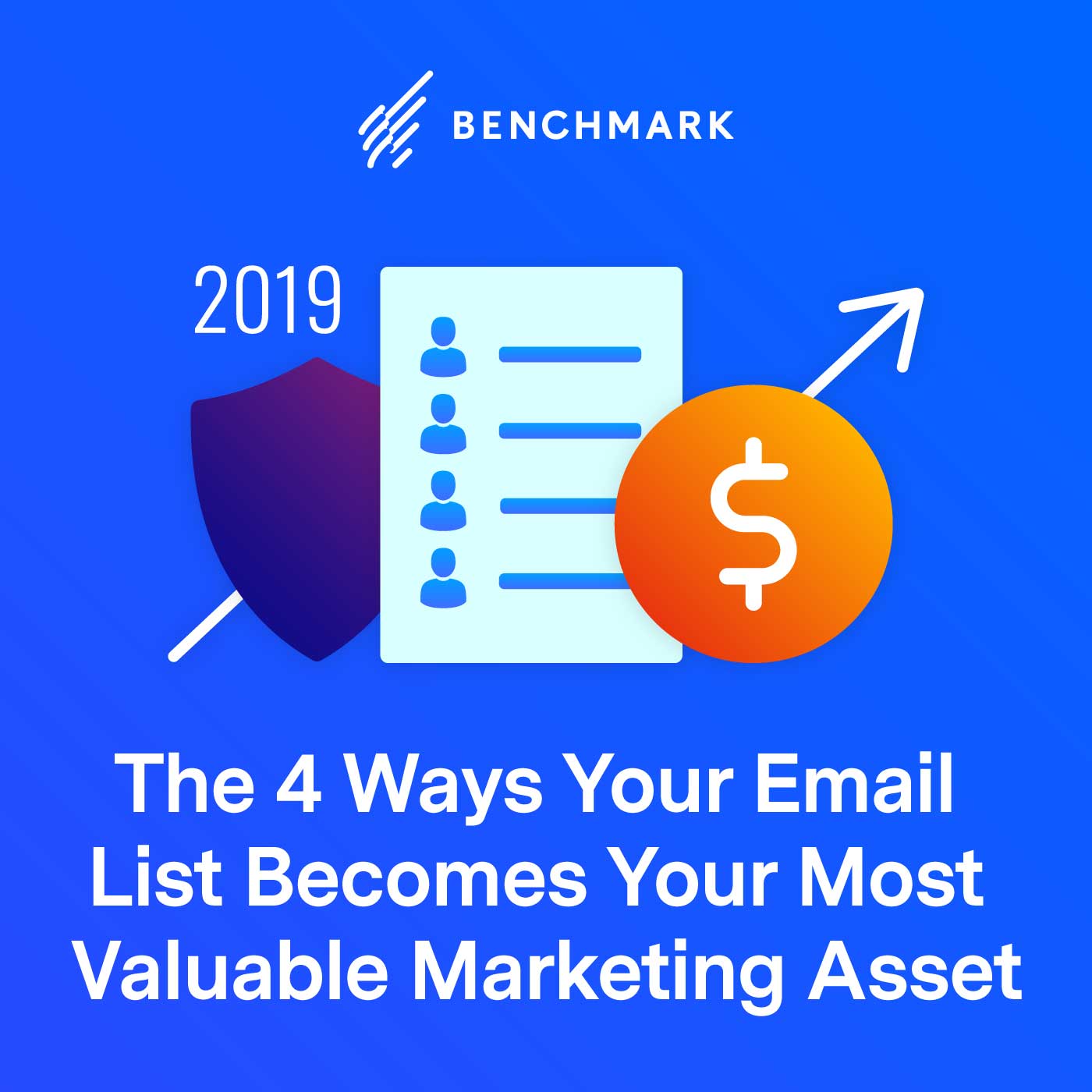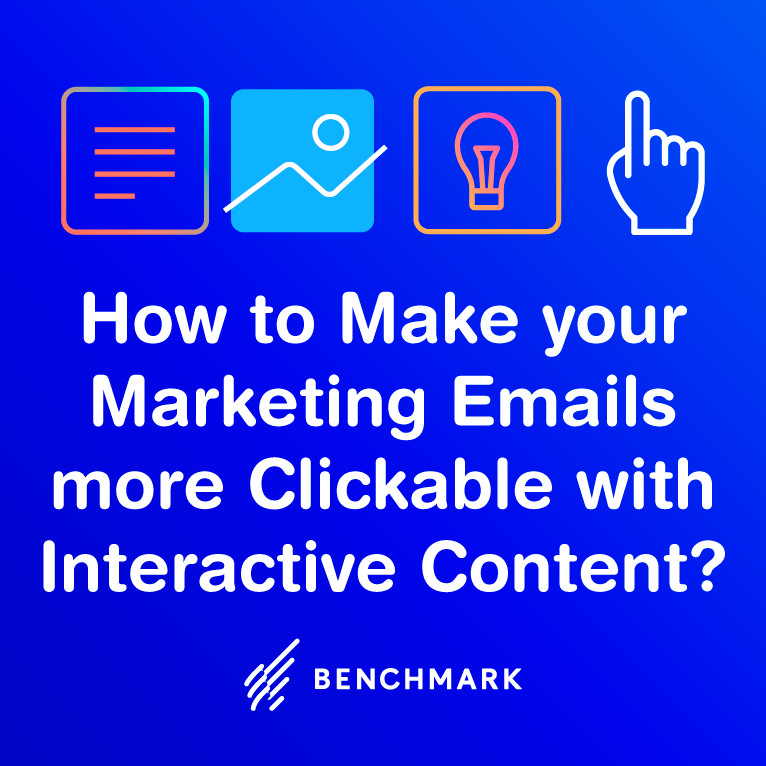Fun fact: every day more than 200 billion email are sent all over the world.
Long considered the granddaddy of digital marketing, the astonishing number of email sent every day just goes to show how relevant is email in this day age.
There are many reasons why email is so effective. First of all, everyone in digital has an email address. More than Facebook or any other social media platform, email is the most ubiquitous digital platform for users. In fact, you cannot sign on to Facebook without an email address. Think of the potential reach you can have.
Next, you are sure that the message is received and delivered. On other platforms, your paid advertising efforts depend on its ability to attract that audience. Email is a direct shot to hearts and minds of your users.
Email is also an open platform. Nearly everyone can shoot out an email to a person. No one entity controls the ebb and flow of email, unlike Facebook or Instagram which are governed by algorithms that change on a regular basis.
Finally, email is here to stay. Social media has a lifespan. Think of how many social media platforms have come and gone. Friendster and MySpace have gone the way of the dinosaur, forgotten relics of a bygone age. Snapchat and Twitter are both fighting for survival.
Only one constant remains – the email.
Given that, why is that most email marketing schemes fail? Most of the email you send to your email list are left unopened, contributing no clicks and no conversions.
The biggest mistake email marketers fall into is sending their email with their offer to all the people in their list. They rarely tailor fit their email to their target audience, making the message lost in the hundreds of email received by a potential customer every day.
The secret therefore to a successful email campaign is the concept of segmentation. You divide your email list into specific segments, and tailor fit your content for their consumption.
This requires you to know your audience more. The great Sun Tzu once said that you must know your enemy as you know yourself. The more information you have on your target market, the better you can segment.
There are many ways to segment your marketing. Here are a few:
GEOGRAPHICAL
1) Location
The most basic way to segment is by location. First of all, if you have a global market, then you can tailor fit your content by country, city and area to regional and culture idiosyncrasies. For example, here’s an email sent by Spotify, to their subscribers who follows and listens to LANY, Zedd and more – about their concerts near your area.
Moreover, the concept of time zones come into play. There usually is a best time to send an email and each time zone has its own best time to send.
Demographical
2) Age
Age groups are a great way of segmenting your market. Age groups have different backgrounds and a different mindset. Generation Z is swimming in tech and digital, millennials are flighty and restless, Gen Xers are hard-nosed and to the point, and Baby Boomers yearn for nostalgia. Each age group has certain world views where you can make specific appeals to purchase. Here’s one example from an email campaign sent by Adobe about their promotions exclusively for students.
3) Gender
The gender spectrum has multiple segmentation opportunities. Each ray of the gender spectrum has specific needs and wants and can be addressed directly in your messaging. As more and more people are open to the gender spectrum, with platforms openly acknowledging different genders, it gives you the ability to tweak your message for maximum effect. Here’s an example of an email campaign sent by NIKE, catering to women, young adults and age ranges from 18-26 years old.
4) Job Function
Email can also be sent via job function. Gatekeepers like secretaries and personal assistants are great targets for segmentation because they control the flow of information to the decision makers. Getting on the good side of gatekeepers through thoughtful email can do wonders for your business. Here’s an email sent by HubSpot indicating a link to an article that talks about neuroscience for marketing experts.
Psychographics
5) Persona
Personality is a broad term, but you could also segment via personality. People who identify as introverts could be open to content about activities that can be done indoors. Gaming and e-books are a great marketing play for the introverted set. On the other hand, more outdoorsy offerings can be sent to identified extroverts.
6) Lifestyle
Lifestyle is also a big segmentation opportunity. Take, for example, flight attendants. Flight attendants fly in and out of countries every day. This allows you to make offerings that are tied to the jet-set lifestyle. Hotel offerings with discounts for short layovers can be sent to flight attendants who want to rest and freshen up.
These are the broad segmentations. You could segment on a more granular level.
7) Interests
Subcultures are a powerful niche marketing segmentation. For example, Star Wars fans are more likely to respond to Star Wars content especially if you send that out on May 4 (May the 4th be with you).
Behavioral
8) Past Purchase
An old e-commerce marketing technique is to create market basket analysis. People who purchase one product usually end up purchasing another product and patterns begin to appear. Analytics can be used to create a basket of goods where you can target users who purchased one product with an offering for another product. If they are in the same market basket group, more or less you could expect a bigger chance for a conversion.
9) Buying Frequency
E-commerce platforms could usually track how much a user buys over a certain period of time. A frequent buyer would be a great person to send a frequent user discount while a user that has not bought in a long while can be sent a welcome back offering.
10) Website Behavior
Even website behavior can be segmented. Window shoppers, people who just visit a website but do not make a purchase, are great people to send promotions that will nudge them into making a purchase. This example was sent by ZALORA informing their subscribers that their favorite brands are on sale and encouraging them to make a purchase, again.
11) Email Engagement
Email engagement is also a great segmentation opportunity. Non-openers and people who do not click are a good segment to cull from your email lists. If you have likely gotten emails from brands saying, “We’ve missed you!”. These were probably the brands whose email you have not opened in a while. A great example would be the email sent by Uber, to those riders who were not booking lately.
Conclusion
Email is one of the most powerful ways to engage your audience. But it will all be for naught if you do a shotgun approach to marketing. Segmentation with market-specific content will go a long way to improving your open, click through and conversion metrics.
Are you having trouble dividing your email lists into more specific and unified segments? Does this article help you to overcome it?
If so, let me know in the comment section below. We would be happy to hear from you!
